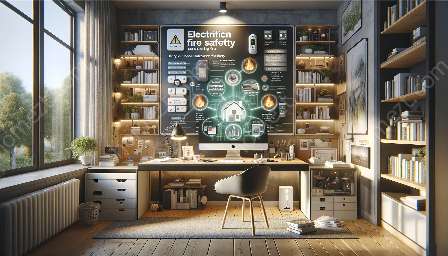Electricity is an integral part of modern life, powering our homes and enabling us to enjoy a high standard of living. However, it’s important to recognize and address potential electrical hazards to ensure the safety and security of our homes. In this comprehensive guide, we will explore the identification of electrical hazards and provide practical tips to prevent and mitigate these risks.
Understanding Electrical Hazards
Electrical hazards can present themselves in various forms and can pose serious risks to homeowners and their families. Common electrical hazards include faulty wiring, overloaded circuits, damaged electrical appliances, and water-related risks. By understanding the potential hazards, homeowners can take proactive measures to create a safe electrical environment in their homes.
Signs of Electrical Hazards
Recognizing the signs of potential electrical hazards is crucial for maintaining home electrical safety and security. Some common signs of electrical hazards include flickering lights, frequently tripping circuit breakers, burning odors, and warm outlets or switches. It’s important to pay attention to these warning signs and address them promptly to prevent potential electrical hazards from causing harm.
Preventing Electrical Hazards
Prevention is key to ensuring home electrical safety and security. By following best practices and taking necessary precautions, homeowners can minimize the risk of electrical hazards. Simple steps such as avoiding overloading outlets, conducting regular electrical inspections, and using ground fault circuit interrupters (GFCIs) in wet areas can significantly mitigate potential electrical hazards.
Importance of Home Electrical Safety and Security
Home electrical safety and security are paramount for protecting the well-being of occupants and safeguarding the property. Electrical hazards can lead to fires, injuries, and even fatalities, making it essential for homeowners to prioritize electrical safety measures. By being vigilant and proactive in identifying and addressing electrical hazards, homeowners can create a secure and reliable electrical system within their homes.
Conclusion
Identifying electrical hazards is a crucial step in ensuring home electrical safety and security. By understanding the potential risks, recognizing warning signs, and implementing preventive measures, homeowners can minimize the occurrence of electrical hazards and create a safe living environment for themselves and their families.



















